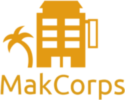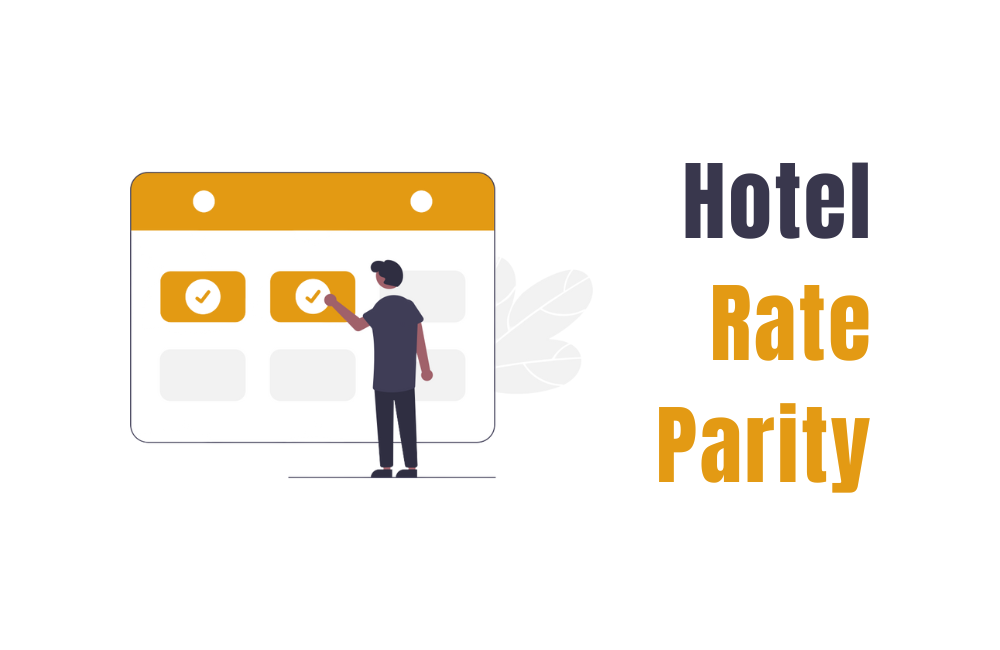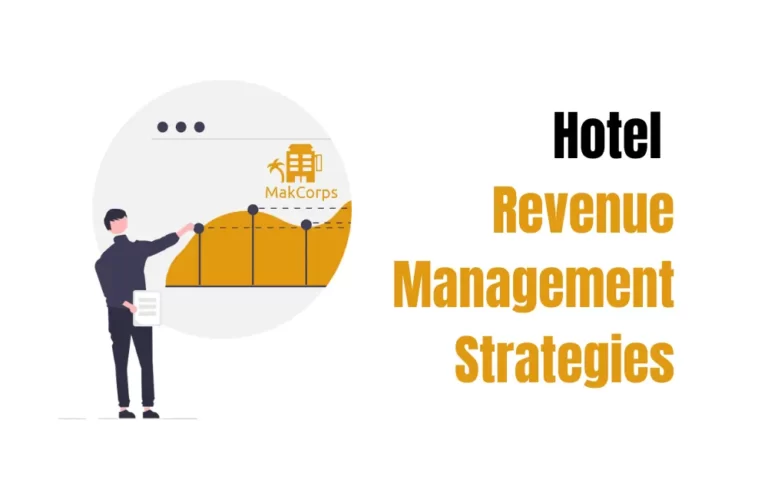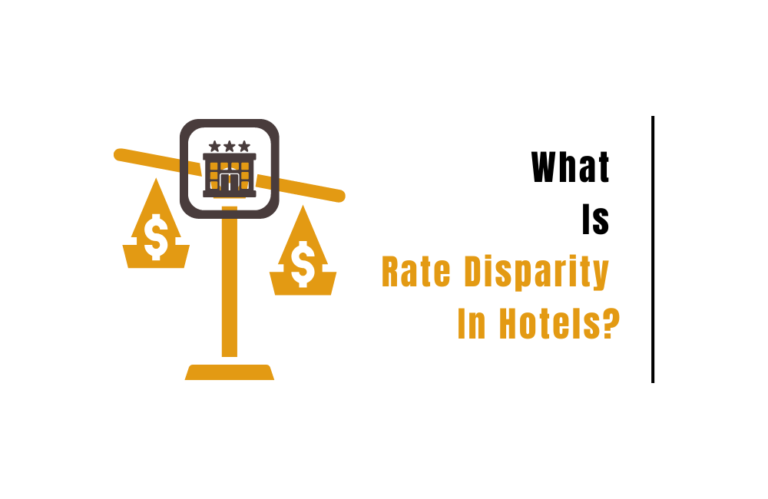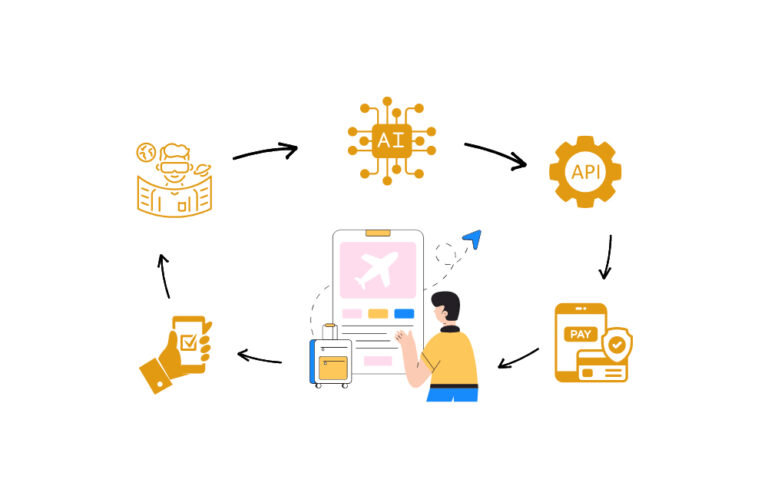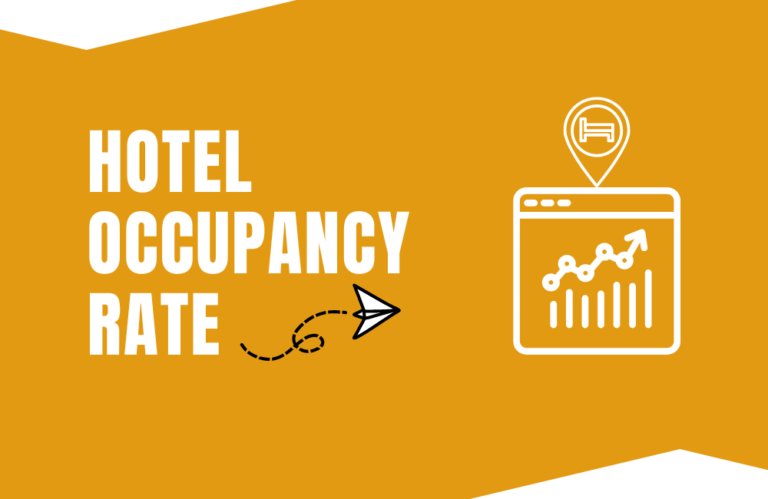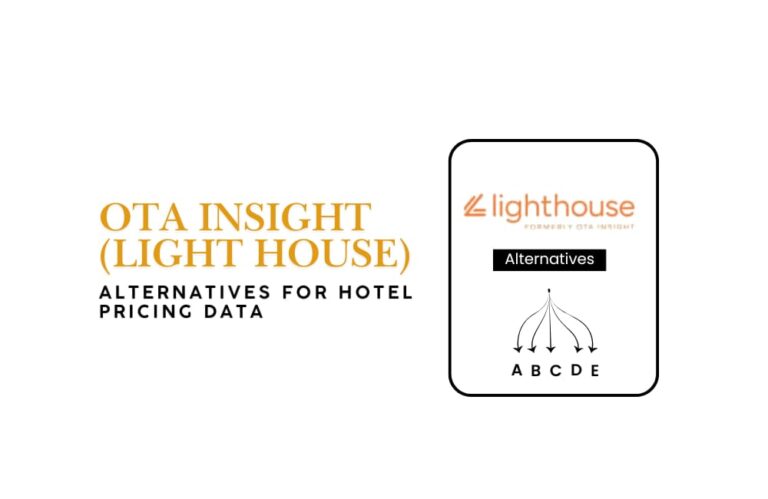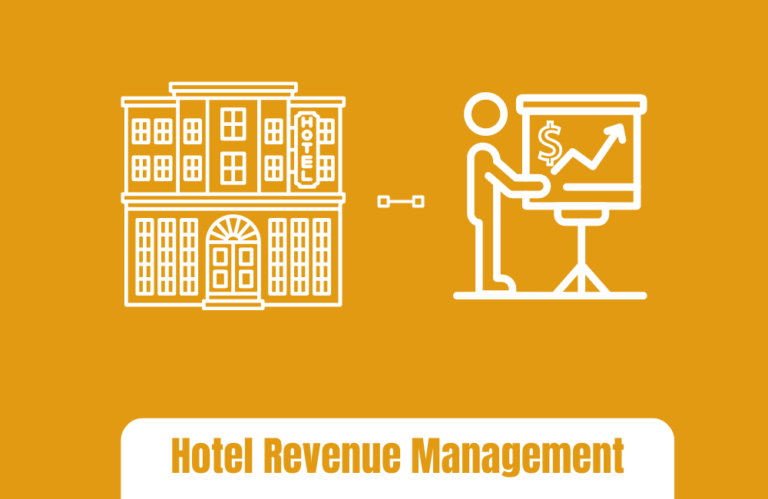How to Monitor Rate Parity in the Hotel Industry?
With the expansion of technology and the increase in the number of distribution channels, it has become a challenging task for hoteliers to maintain harmony in their pricing distribution.
Often distribution channels lower the rate of a particular hotel room rate to attract more customers and later reveal hidden charges to compensate for the entire booking.
However, this creates a negative impression among customers regarding a hotel brand.
Thus, it is important for hotel business owners to ensure that they are communicating the same rate structure for a particular type of hotel room across different channels.
Thus, they hop on to multiple strategies to offer rate parity to their customers.
In this article, we have explained everything about rate parity, how it is important, how hotels can monitor rate parity, and much more.
So, let’s start with learning what is hotel rate parity.
What Is Hotel Rate Parity?

Hotel rate parity is the practice of maintaining consistent room rates across different distribution channels such as a hotel’s own website, online travel agencies (OTAs), and travel agents.
This means that a hotel’s room rates should be the same regardless of whether they are booked directly with the hotel or through an OTA.
Often hotels find different rates for their hotel rooms on different distribution channels, which is called “rate disparity“.
This can occur when hotels offer different room rates to different OTAs or when they offer discounts or promotions that are not available through all distribution channels.
OTA Rate disparity can be a concern for hotels, as it can lead to confusion among consumers and can also make it difficult for hotels to maintain rate parity.
How Is Rate Parity Important for Customers & Hotel Business?
Hotel Rate Parity is Important for customers because it ensures that they are not charged more for a hotel room when booking through a third-party website than they would be if they booked directly through the hotel’s website.
It helps in preventing price discrimination and benefits the customers by providing them with the best deals for their stay.
Also, Rate Parity is Important for Hotel Businesses as it helps them to prevent the erosion of profit margins by third-party websites that may charge higher commissions or fees.
Also, it ensures that the perceived value of the hotel’s brand remains intact and hotels continue to maintain and control parity over their pricing and distribution.
How Can Hotels Monitor Hotel Rate Parity?
Monitoring Hotel Rates Parity regularly is an important task for hoteliers who require attention to ensure that different OTAs are promoting uniform pricing for their hotels and services.
Hotels can monitor price parity by using a variety of methods such as –
1) Hotel Rate Parity Checker
Hotel rate parity checker is a tool that compares the prices for a hotel’s room on different OTAs with the prices offered on the hotel’s website. This tool is highly efficient in quickly identifying any discrepancies so that hoteliers can take corrective actions against them.
2) Hotel Price Comparison API
Hotels can easily monitor and maintain consistent pricing across different booking platforms using the Hotel Price Comparison API from Makcorps. This handy tool allows hoteliers to automate the tedious task of checking their rates against 200+ OTAs such as Booking.com and Expedia to remain competitive and don’t lose out on revenue due to price discrepancies.
By integrating this API, hotels can pull up-to-date pricing data by hotel ID which helps them to swiftly adjust their strategies based on real-time market insights.
Check out the video below to know how can you use this API for pulling hotel price comparision data:
3) Manual Checks
Hotel staff can periodically check the prices for their rooms on different third-party websites and compare them to the hotel tariff offered on the hotel’s own website.
Although this could be an effective strategy to maintain rate parity, it requires much effort and time in comparison to other simplified solutions.
It’s always better to use a tool or API to check hotel prices faster, effortlessly, and more effectively. Consequently, hotels will not only be able to create effective hotel pricing strategies but also prevent any unauthorized discounts on room rates.
Although rate parity is important, it’s not completely free from challenges, here are a few challenges you need to know.
While there’s no denying the importance of rate parity, let’s not turn a blind eye to the challenges that come along with it. Here are a few key hurdles that need to be aware of.
What are the Major Hotel Parity Challenges?
Here are the top challenges that independent hotels face with rate parity:
- OTA can cut its own commissions to offer lower prices, which will lead to more bookings from these channels but this can ultimately result in lower revenue for the hotel.
- Hotels work hard to attract more direct bookings to increase their revenue share even if they’re running promotional discounts. However, they’re still required to inform OTAs of these offers, which can be challenging.
- Excluding certain rooms from OTAs to avoid rate parity could result in unsold rooms and lost revenue for the hotel.
- Consistent pricing across all distribution channels can limit a hotel’s ability to adjust prices based on demand or market conditions, which could negatively impact revenue.
- Rate parity may lead to decreased price competition between hotels, which could negatively impact consumers and limit their ability to find the best deals.
- In some European countries, such as France, Austria, Italy, and Belgium, rate parity practices face legal prohibitions. Laws in these countries disallow both broad and narrow price parity clauses, granting hotels the autonomy to set divergent rates across different booking platforms. This legal stance aims to foster a more competitive and dynamic pricing environment in the hospitality industry.
Solutions to Overcome Rate Parity Challenges In Hotel Industry
1. Provide Better Value To Your Guests
Lowering hotel room prices is not the only way to attract more bookings. To provide better value to your guests you can give them special discounts, complimentary services, tickets to the nearest local attractions, free spa coupons, or even a complimentary drink, lunch, or dinner.
To get maximum results don’t forget to promote these perks through your social media and email campaigns to create a top-notch booking experience.
This not only keeps guests coming back for more but also boosts the likelihood of them recommending your property to others.
2. Go with Meta Search Sites
Meta search sites have been long known for their pay-per-click ad model which enables you to bid for a prime position on the list.
Once travelers land on your site, you can then encourage them to book directly with you.
In addition to that, there are commission-based instant booking models available that offer lower commissions than many popular OTAs, providing even greater benefits to your business.
If you want to make the most of these opportunities. You need to optimize your listing with accurate and compelling information about your property.
This includes high-quality images, detailed descriptions, and competitive pricing.
By providing a seamless booking experience, not only will you increase your direct bookings, but you’ll also enhance guest satisfaction. So, it is a win-win situation!
3. Make Your Booking Process Effortless
Believe it or not, a complicated direct booking process could be the reason for losing potential bookings.
No one likes to wait for minutes to go to the next step.
Therefore, by optimizing your booking process, you can reduce the bounce rate on your website and capture more direct bookings.
Here is how you can do it – Start by offering an exceptional user experience, complete with a secure and user-friendly booking process and a hotel booking engine on your website.
With these elements in place, you’ll be sure to provide a seamless booking experience that guests will love.
4. Ensure Partnering With The Right Business & Target Market
One other key to overcoming the challenges of rate parity is to partner with the right businesses and target markets that will add value to your hotel business.
For doing this, start by evaluating your strategic partnerships with OTAs, metasearch engines, tourism bureaus, and local businesses.
Make sure they’re bringing in the results you need to increase your bookings.
For instance, if you’re looking to attract international bookings, invest more in channels that drive international traffic, as these often lead to longer stays.
Understanding the channels being used in each target country is essential to developing the best distribution strategy.
Plus, also consider your target market’s preferences too.
For example, If your hotel caters to families, teaming up with family-friendly attractions in the area can help boost bookings. Similarly, if you’re targeting business travelers, collaborate with companies that frequently send employees to your area.
By choosing the right partners and markets, you’ll not only overcome rate parity challenges but also add more value to your guests.
This will set your hotel apart from the competition and boost your reputation in the industry.
So take the time to evaluate your partnerships and target markets.
You’re also equipped with solutions to take on those tricky rate parity challenges with confidence. But, you might be having few questions in your mind, Check out the FAQs to find those answers.
Frequently Asked Questions:
What Are The Types Of Rate Parity?
There are two types of rate parity in hotels: wide and narrow.
Wide rate parity is the stricter of the two, as it bars hotels from offering prices lower than those charged by OTAs, regardless of the distribution channel.
On the other hand, narrow rate parity permits hotels to offer discounted rates to OTAs in their network, but they can’t advertise these rates publicly.
Hotels can still offer lower rates through indirect channels, loyalty programs, phone bookings, and email bookings – even if those rates are cheaper than what OTAs are offering on their sites. It’s worth noting that the exact terms of these agreements can vary, depending on the agreement in question.
Conclusion:
Overall, while maintaining rate parity in the hotel industry is important, the future of rate parity in the hotel industry will be shaped by several factors like advances in technology, changes in customer behavior, and evolving regulations.
Nowadays, technology plays an important role to decide hotel prices. Therefore, Hoteliers need to keep up with emerging technological updates to form a relevant strategy as needed at the time.
However, rate parity is a concept that believes in maintaining a transparent and fair structure among customers and hotel owners.
This type of concept is only going to promote your brand reputation much higher and more trustable among customers.
So, give your hotel bookings a boost by maintaining a consistent rate parity structure.
